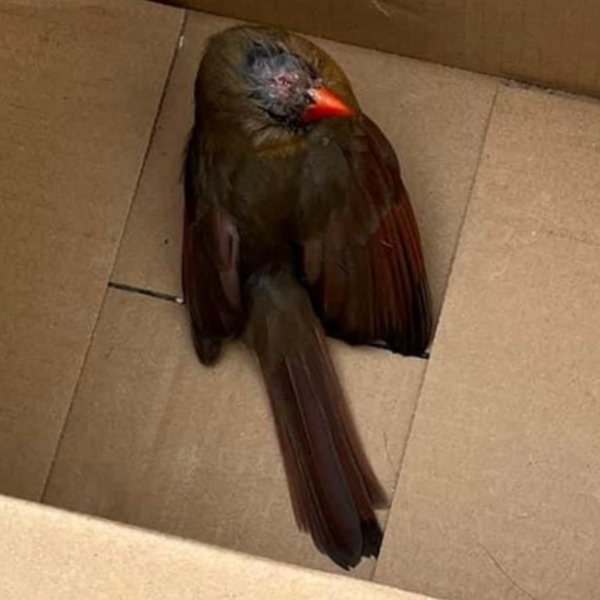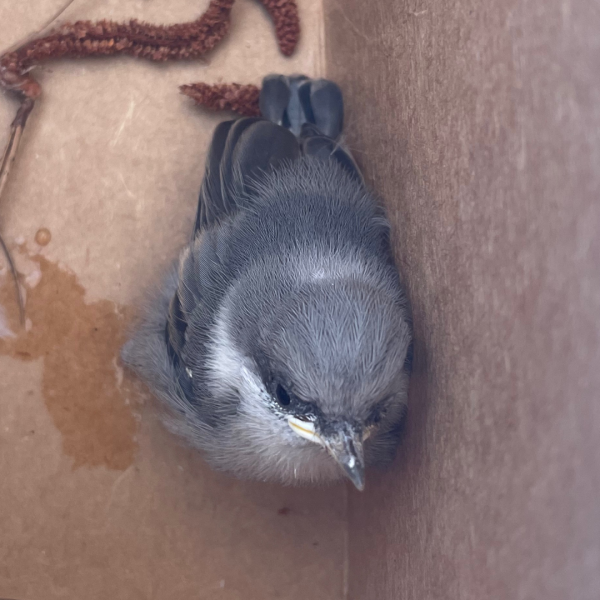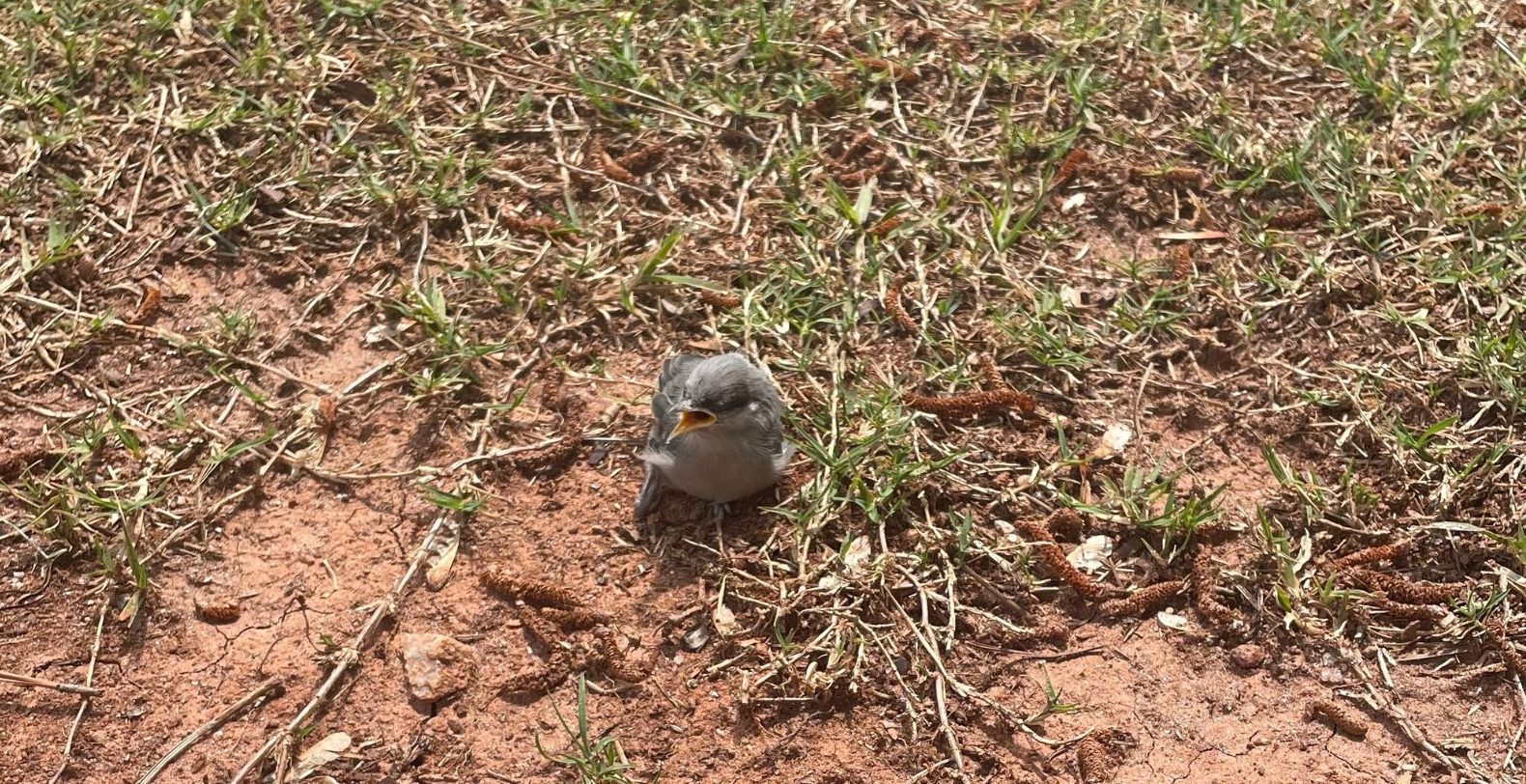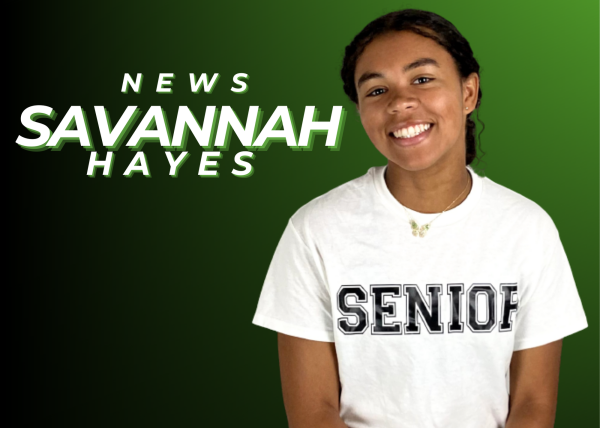About two weeks ago, I was at my family friend’s house just like any other day except that as I walked through the backyard to take out the trash I found a seemingly dead bird. After I threw the trash out I walked back past the bird and noticed this time that its eyes had opened and it had moved slightly, but could not fly. This caused me to spring into action. I ran back into the house to grab something to pick it up with because working at the zoo I know you should not pick up any wild animal with your bare hands.
As soon as I had gotten back to where the bird was I could not find it so I assumed it had flown away and that I had been mistaken about its injuries. So I went back inside assuming that it was actually fine and I had overreacted.
When I left the house I found the bird again in the front yard and this time got a better look. Its head had been severely injured, missing most of its feathers and also upon further inspection it could not fly due to its wing looking broken. I concluded it must have hopped under the fence to get to the front yard.
I ran back in the house again grabbing paper towels and a box. I spent a solid 10 minutes trying to pick up the bird without hurting it any more. As I kept trying I knew I might be going about picking it up wrong so I did a quick web search on how to pick up a bird and I called my aunt who lived close by. She was not home, but she notified me to grab a bath towel and pick it up using that instead which was also similar advice to what google had told me.
I ran back inside to grab a bath towel and then I continued to carefully try to pick up the bird. I felt terrible as I could tell I was scared of it, but I just wanted to help. Finally I was able to put it carefully into a cardboard box, and bring it back to my house where I would be able to help it more than at a house I didn’t know quite as well.

I brought it home first, calling my mom to meet me outside when I got there. As I pulled into the driveway She met me at the car and I asked if she thought the bird might be able to make it because it’s injuries were so extensive I thought a second opinion was needed. My mom thought that there was no harm in trying to help, but she was not quite sure what she could do while I was at school. I told her that I had a friend, Anna Zhou whose mom had previously helped animals, so we concluded I should take the bird over to that friend’s house for the time being.
My mom got some pictures of the bird before I took it over. Then I set off to Zhou’s house. I left the bird in the good and capable hands of her mom as I still had to make it to school that day.
This is when my mom did some deep diving into everything related to songbirds in the state of Georgia. She posted the images she got on Facebook and looked into countless different places. If I have any advice for someone wanting to help an injured wild animal it would be to definitely start with social media.
My mom ended up finding Wild Bird Rehab, a Georgia native song rehab organization. Unsurprisingly as an intern at Zoo Atlanta’s education department I have heard from other volunteers about this rehab center and told my mom that it seemed like a good resource.
According to the Wild Bird Rehab’s website their mission is as follows as “a nonprofit organization dedicated to rehabilitating Georgia’s injured and orphaned native birds for release back to the wild and educating the public about the threats birds face and simple action that individuals can take to help them.”
You can also follow Wild Nest Bird Rehab on Instagram @wildnestbirdrehab to keep in your reservoir in case you need it in the future.
My mom was able to get in touch with someone to take the bird to the rehab center since it is a pretty good distance from Peachtree City.
Oddly enough about a week later I found myself in a similar situation. I was volunteering at an annual car wash for Coco’s Cupboard hosted by one of my close friends when her mom called me over to ask a question. Apparently my friend’s dad had found a baby bird out of its nest right next to the road. So we both rushed over to it to see what we could do.
It was clear this bird could not fly so we grabbed a box and some paper towels, and once again I found myself in the situation of trying to pick up a bird. This time it did not take me quite as long, and I was able to get it in a box. I grabbed some pictures and sent them to my mom so she could get in touch with Wild Bird Rehab again.
This time we worked out the logistics to conclude that I would be meeting someone at Zoo Atlanta before my shift the next day to pass the bird over. Meaning I had to take care of the bird overnight. Wild Bird Rehab sent me some information on taking care of it.

The instructions included keeping the baby warm in a quiet and dark box with soft bedding. The box could be placed on a heating pad set on low heat. They made it clear to not give it any water or liquid form a dropper or syringe because babies can aspirate very easily. They advised to use tweezers or a toothpick to feed and noted that they get most of their moisture from their food. Some foods they recommended included mealworms, soaked pet kibble and diced fruits such as berries or grapes. They noted no pieces would be bigger than their beak and that they should be fed every thirty minutes, but to let them rest at night.
I was able to get the bird through the night doing my very best to keep it comfortable and well fed. I met the woman I was turning the bride over at one of the vet clinics behind the zoo as she is a veterinary technician there. She notified me that based on her first look and assessment of the bird it seemed that its leg had been a birth defect. She mentioned how it looked like a fledgling, a specific stage in birds life when it leaves the nest, and that most likely it went to leave with its siblings and something went wrong considering the defect and its parents must have left it.



